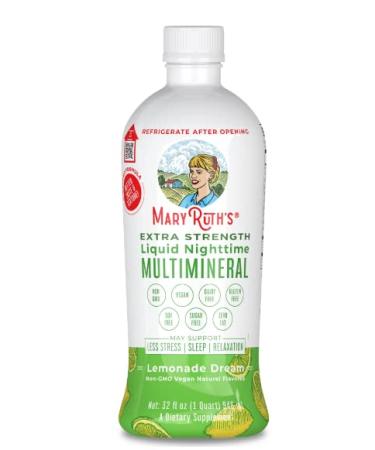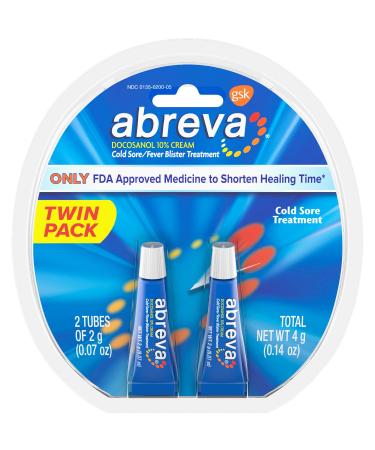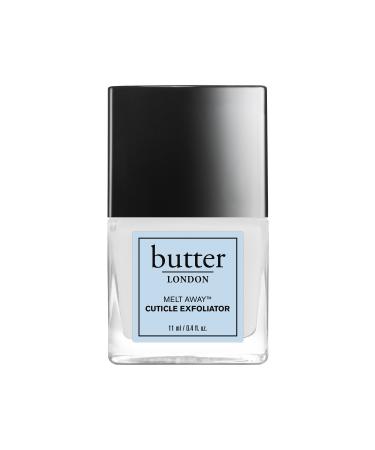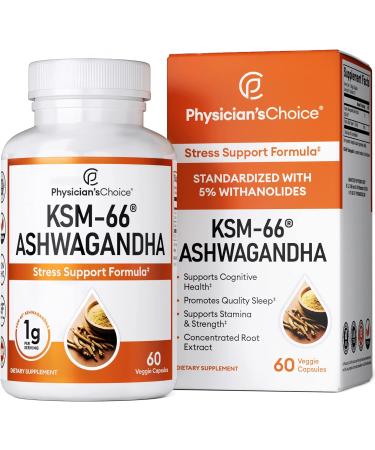Pearl Millet: Pearl millet, known scientifically as Pennisetum glaucum, is a resilient and nutritious grain that has been cultivated for thousands of years. With its ability to thrive in hot and dry climates, pearl millet is a staple food in many regions of Africa and Asia. Rich in essential nutrients like iron, zinc, magnesium, and B-vitamins, pearl millet offers a valuable source of sustenance for communities facing food insecurity. Its versatility extends from traditional porridges and flatbreads to modern uses in baked goods, cereals, and gluten-free products. Red Sorghum: Red sorghum, or Sorghum bicolor, is a versatile cereal grain with a striking appearance and a wealth of nutritional benefits. Like pearl millet, red sorghum is well-suited to arid and semi-arid environments, making it an important crop for regions prone to drought. Beyond its resilience, red sorghum boasts a high content of antioxidants, dietary fiber, and protein, making it a valuable addition to a healthy diet. Its vibrant hue and nutty flavor lend themselves well to a variety of culinary applications, from whole grain salads and pilafs to popped sorghum snacks and gluten-free flour alternatives.Rich in Nutrients: Pearl millet is a good source of essential nutrients such as iron, magnesium, phosphorus, and potassium. It also contains significant amounts of B-vitamins, including niacin (vitamin B3) and folate. High in Fiber: It contains dietary fiber, which aids in digestion, helps regulate blood sugar levels, and promotes a feeling of fullness, which may assist in weight management. Antioxidant Properties: Pearl millet contains antioxidants such as phenolic compounds and flavonoids, which help protect cells from damage caused by free radicals and may reduce the risk of chronic diseases like heart disease and cancer.













